Earlier this month, our community was flabbergasted by the news of a Smithtown bus driver casually drinking a White Claw while driving students home from school. After the driver was reported, immediately fired, and arrested, her tear-soaked interview with News12 garnered empathy. Amal Hanna, the sixty-year-old bus driver, was released and did not face any criminal charges. Hanna’s life was changed all because one Wednesday morning, while walking out the door, she grabbed one of her roommate’s White Claws thinking that it was a non-alcoholic, canned seltzer. The idea of this seems highly unlikely. Even with the support of the students’ parents, and the closed investigation of our local law enforcement, some community members think Hanna was lying.
How can you not know a beverage has alcohol in it?
It is quite easy, actually. Other than a few simple differences, the packaging and design of canned beverages are relatively similar, which speaks volumes for an extremely saturated market of cocktails, spiked seltzers, beers, non-alcoholic seltzers, water, and more.
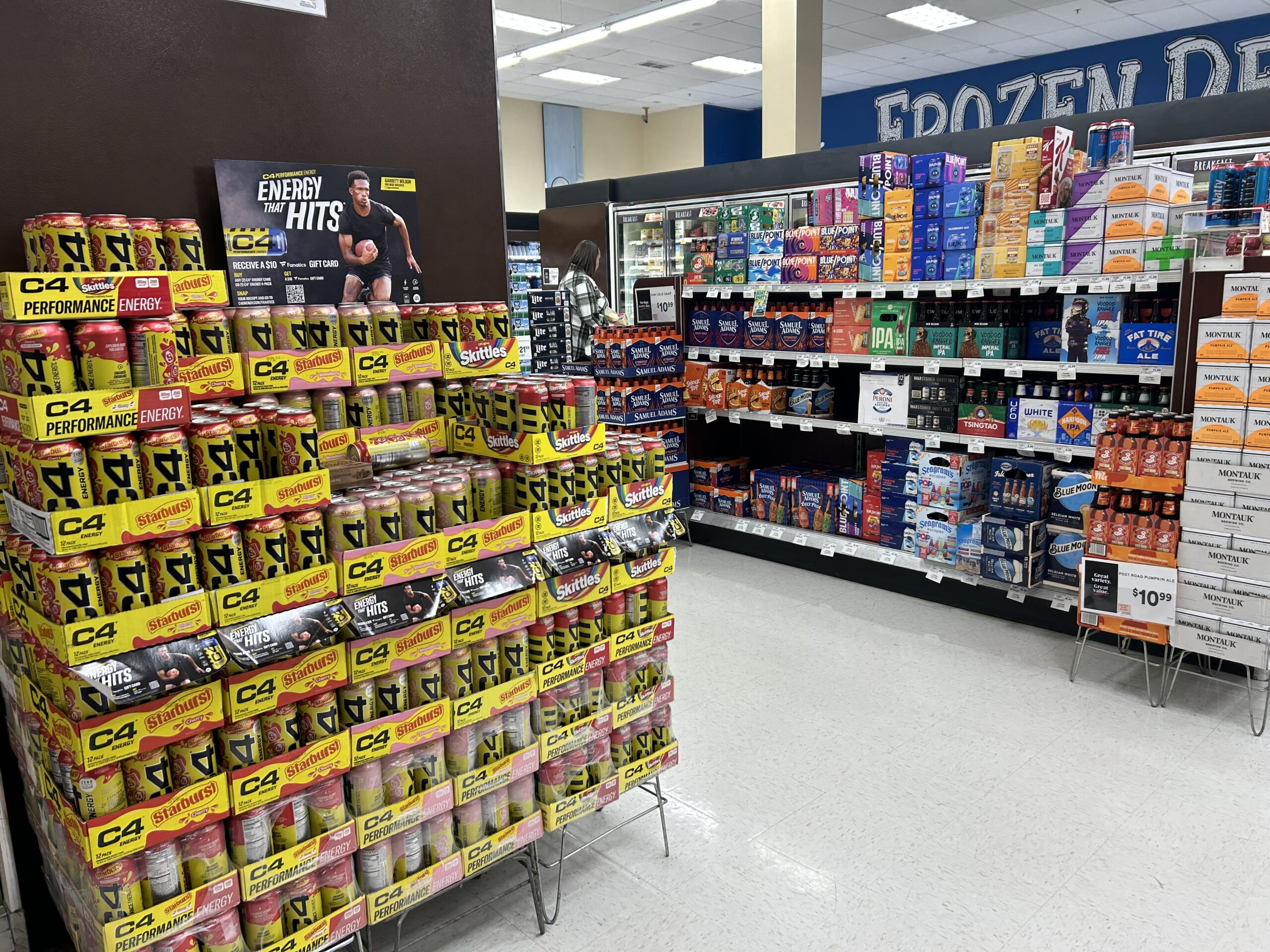
A Saturated Market
The rise of spiked seltzers skyrocketed in 2016 when beer sales seemed to plateau, yet seltzer and liquor sales were thriving. This market led to the production of seemingly “healthy”, low-calorie, and “all-natural” alcoholic beverages by brands like White Claw and Truly. Their success inspired a spiked seltzer and canned cocktail trend that beer and liquor companies decided to cash in on. Smirnoff Spiked Seltzer, Bud Light Seltzer, Malibu Splash Sparkling Malt Beverage; companies were creating new product lines off of the same basic recipe: sparkling water and fermented cane sugar.
While the market was being flooded by large corporations, smaller companies were struggling to compete. The reinvention of cocktails in a can launched High Noon into success in 2019, promoting their product as stronger and better due to the use of “real vodka, real juice and sparkling water.”
“In creating High Noon, we decided to approach the concept of Hard Seltzers in an entirely different way,” says Britt West, Vice President of Marketing for Gallo Spirits, parent company to High Noon. “High Noon answers the increasing demand for beer alternatives driven by health and ingredient-conscious consumers looking for low-calorie, more sessionable beverages. Unlike the malt-based and artificially flavored offerings that are currently dominating the Hard Seltzer category, High Noon is made with real vodka, real juice, has low calories, low ABV, low sugar and is gluten-free.”
As the story goes, High Noon’s success was quickly admired by other companies, inspiring them to follow suit.
Now, in 2023, the hard seltzer global market amounts to over $17 billion, according to Statista, and is estimated to continue growing. Currently, there are more than 150 different products occupying the Hard Seltzer category.
The Assumption
To many shoppers in grocery stores, or arguably any store, the look of a product is all that matters. If a brand is immediately recognizable to the consumer, shoppers assume they know what they are purchasing. It is a well-known aspect of consumer psychology. Hence why companies think long and hard before changing their logo or branding; there is a deep-seeded relationship between that logo and their regular customer.
When you see Oreos on the shelf, you assume it is the chocolate sandwich cookie that you have been eating all your life. When you see Coffee Mate, you assume it is the creamer you wake up to each morning. When you see Sunny D, you assume it is the orange beverage your children have loved for the last fifteen years. Then, when you arrive home, you realize you accidentally picked up Oreo Thins, your coffee is bitter because the creamer is sugar-free, or your 10-year-old asks, “Why does my Sunny D taste different?” You know what they say about assuming…
A Major Design Flaw
The packaging of canned beverages is extremely similar no matter what the contents are, and when popular, identifiable brands make important ingredient changes, consumer confusion is natural.
Sunny D is a beloved childhood drink by Gen X and Millennials, forcing the brand to grow up with their consumers. Recently, the company came out with their own version of spiked seltzers. Though the packaging differs between alcoholic and non-alcoholic Sunny D, the addition of spiked seltzers to the product line has been a whirlwind for parents. On the spiked seltzers, both the box and the cans display the words “Vodka Seltzer” with bold font in the center. This way, consumers know exactly what they are purchasing. However, this is not the same for the majority of canned beverages.
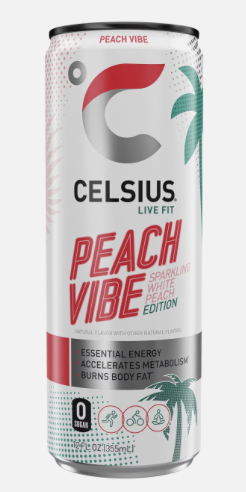
Like Hanna, the confusion comes from the idea that canned beverages, alcoholic or not, look very similar. Spiked Seltzer companies like White Claw and Truly began using tall, thin cans to differentiate themselves from canned soda or seltzers that use the stereotypical short, wide cans, like Coca-Cola or Pepsi, and the energy drinks that use tall wide cans, like Monster and Bang. However, the design of the tall, thin can became very popular and is now used by many energy drink companies, like Celsius and Prime. The key to knowing the difference is reading the can. If it says “hard” or “spiked”, the drink has alcohol in it. If the can references “energy” or “power”, the drink has caffeine in it. Words like “sparkling” or “bubbly” can be found on non-alcoholic seltzer water or soda.
Daniel Terra, 26, explains that while he was drinking a Celsius energy drink on his way to the gym, he was pulled over because the officer mistook the Celsius for a White Claw Hard Seltzer.“The thought didn’t even cross my mind. All of a sudden I just saw his lights flashing behind me. I didn’t even think about somebody confusing [the drinks].”
In Illinois, a state law was passed forbidding stores from shelving non-alcoholic drinks next to alcoholic drinks for the simple reason that consumers were confusing one for the other.
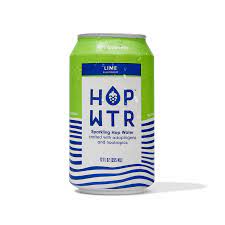
“In some situations, in some instances, these co-branded products have nearly identical markings as the non-alcoholic products, so it’s creating a lot of confusion in the marketplace,” reported the Illinois Liquor Control Commission’s Executive Director, Lisa Gardner to CBS News. Through this state law, retail stores larger than 25,000 square feet that sell alcoholic beverages are forbidden from placing co-branded beverages with alcohol next to soft drinks, juices, water, candy, toys, or snack foods. With this law, it will be less likely for parents to mistake beverages with alcohol for those safe for children.
Misleading brand names can also lead to consumer confusion. Hop Water, a product that many would assume is alcoholic due to the familiar ingredient, hops, which is in beer. However, it is quite literally just water that has hops for flavor. There is no actual alcohol in it, even though it is also shaped and designed like a typical beer can. The product was made to be a substitute for beer, however when placed in the beer aisle of a grocery store, it is easily misinterpreted.
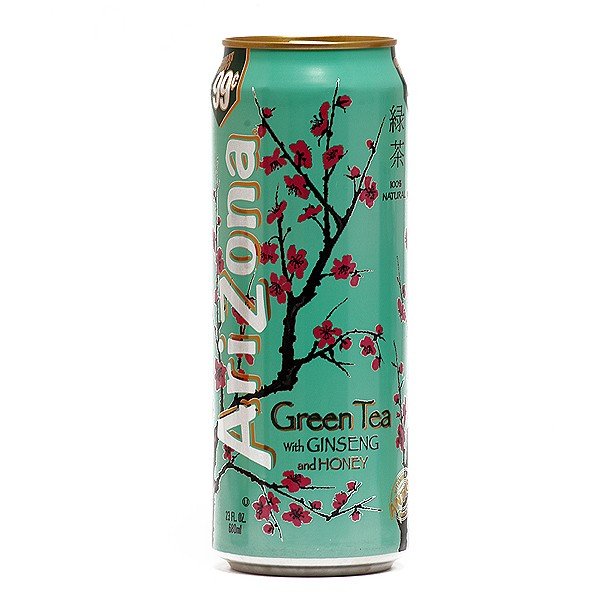
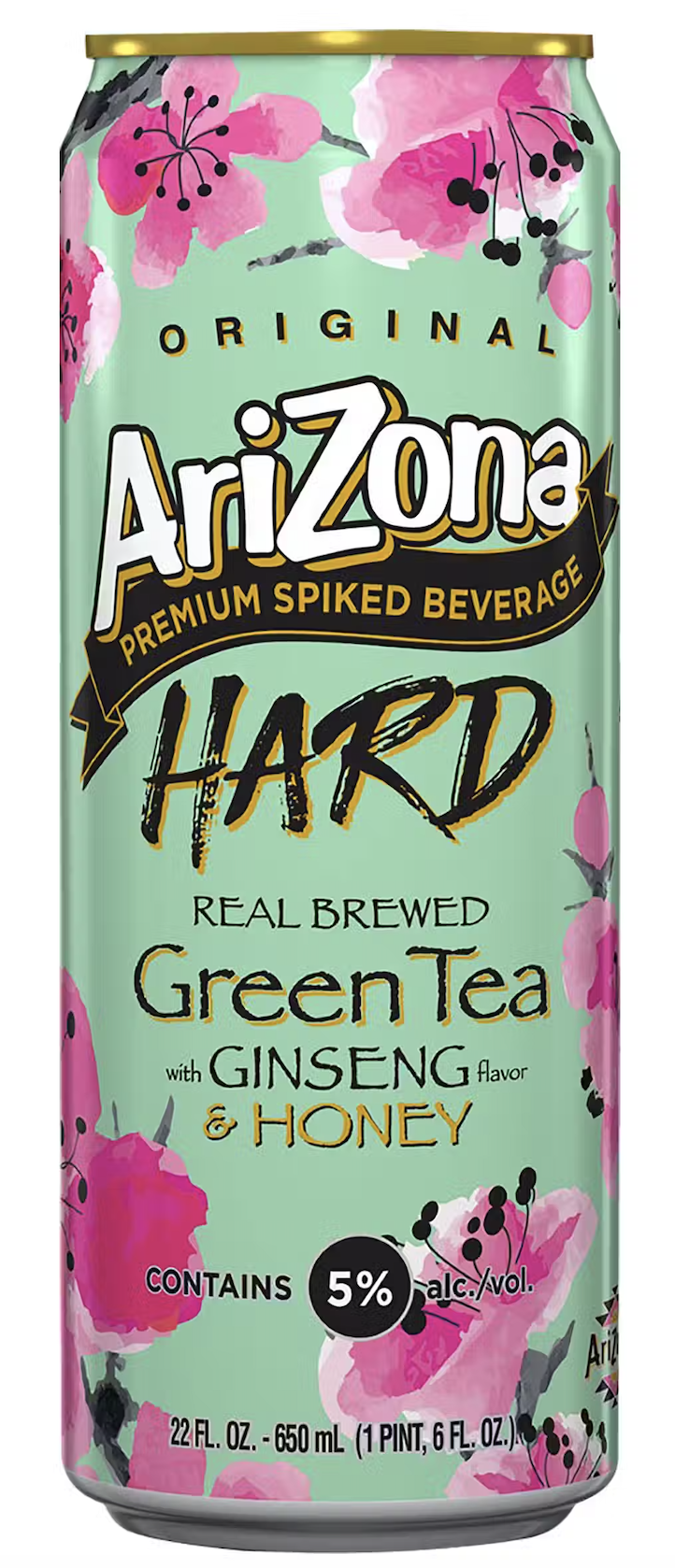
This phenomenon has been seen as a problem in areas where well-established companies of canned beverages, like soda and iced tea, dip their toe in the world of alcoholic beverages.
“I ran into a gas station on my way to work and picked up a can of Arizona. When I got to the sales counter, the cashier told me the total was $5 and asked for my ID,” says Jay Kanulitz, 32, of Ronkonkoma. “I was confused because Arizona Iced Tea cans are pretty famous for being ninety-nine cents. He thought I was purchasing Arizona Spiked Tea. If the cashier didn’t notice the difference, how should I?”
The moral of the story is that consumers should be reading every canned beverage they pick up, to assure they are purchasing what is desired. However, in reality, we are busy people, and we do not always pay attention to the things we should while in a rush even if we should. What happened to Hanna was mere ignorance on her part; however, it really can happen to anyone.






